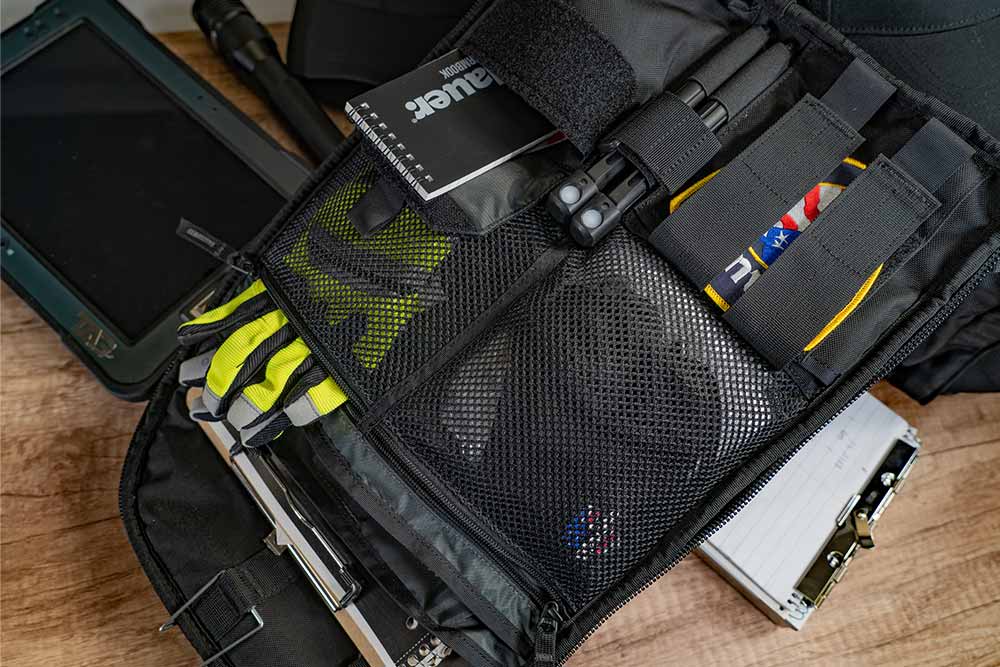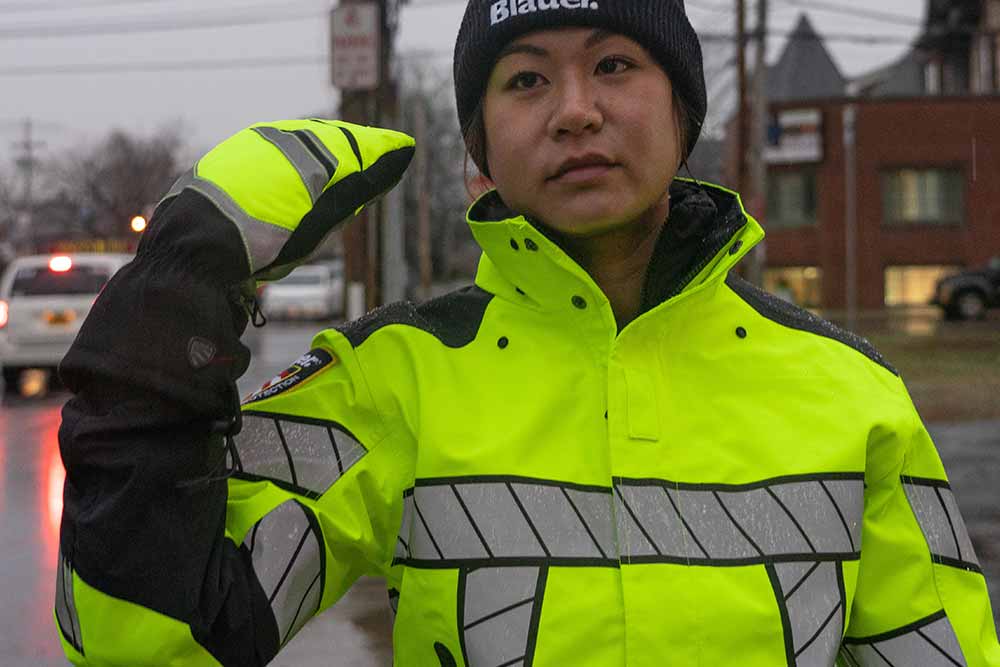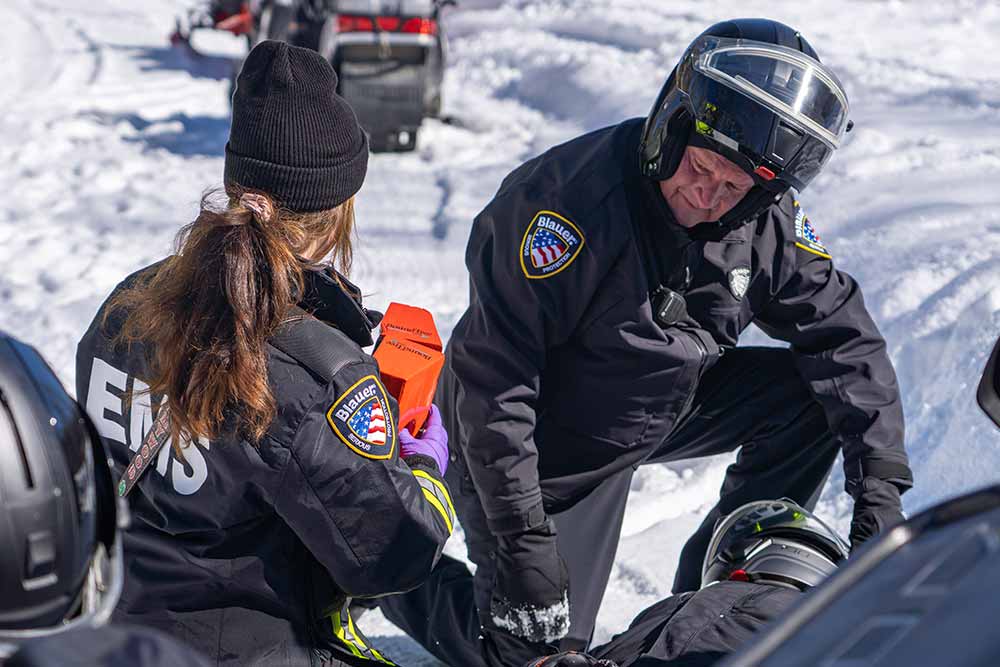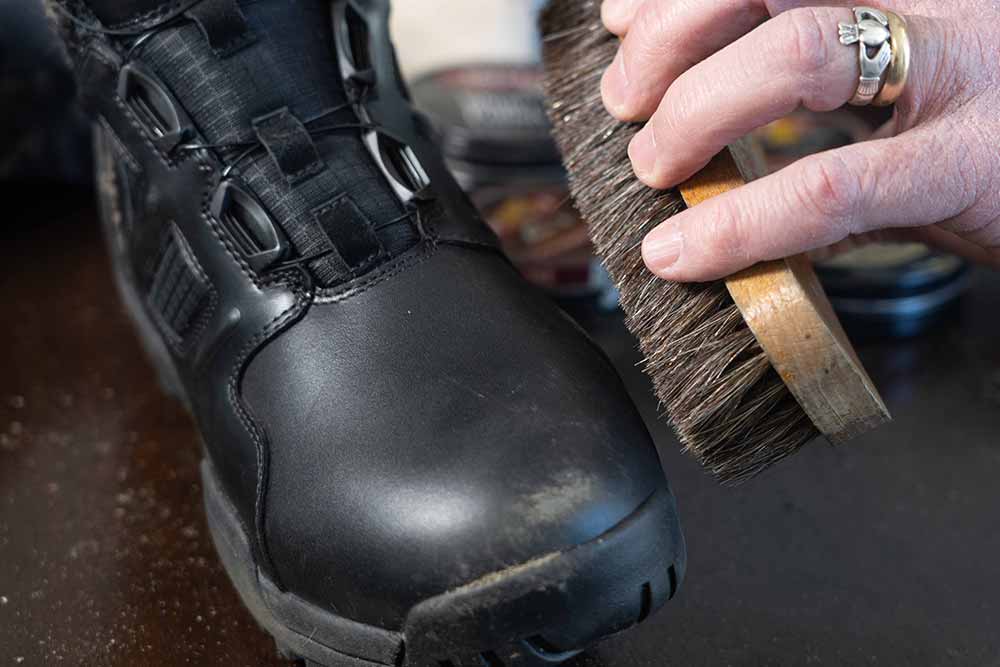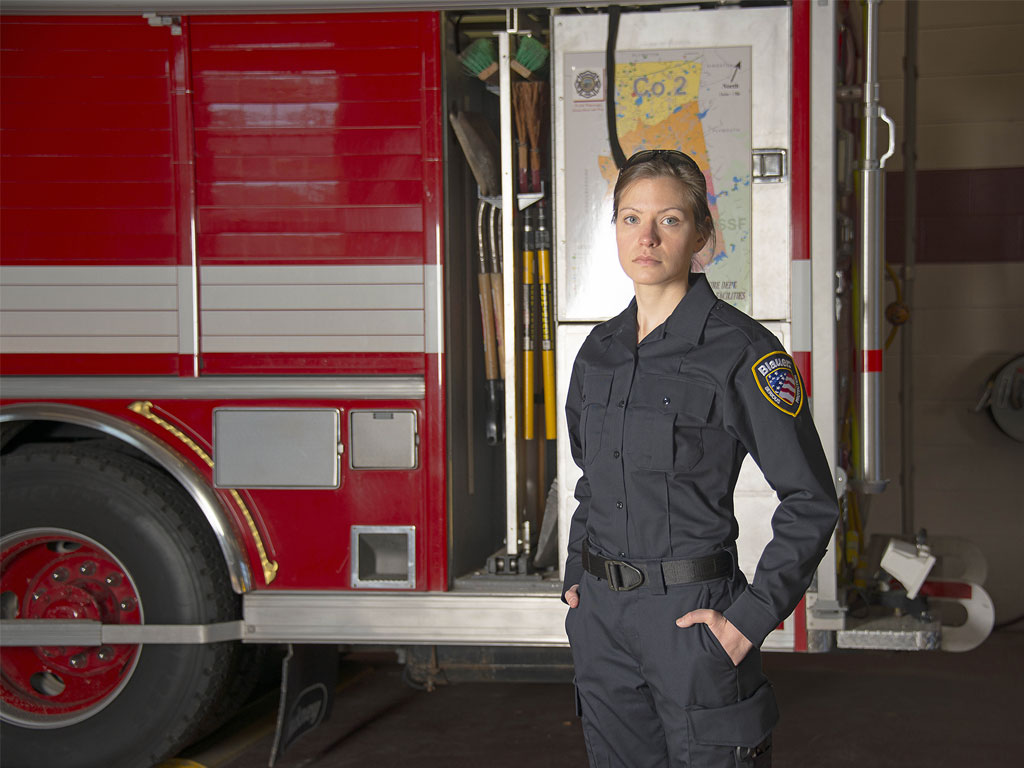

When you’re on call, or at the station, for 24 hours at a time, you need the most comfortable option you can get. Going outside and facing the public, however, you still have to look professional and presentable. So how do you find the right mix, and the right look, for your department? Let’s discuss.
What Is Station Wear?
Depending upon who you ask, the term “station wear” can mean anything from a t-shirt and shorts (NFPA compliant cotton, usually) to full-on Nomex FR uniforms in a Class A style. The difference between the two is more than just looks, however: the NFPA 1975 standard splits them up into uniforms that are heat-resistant (your basic cotton department t-shirt) and flame resistant (Nomex, Kermel, or other fr clothing materials.) There’s a big difference between the two, and deciding which one is right is a good first step towards making an informed choice – for a study on what happens with a cotton uniform versus a FR uniform, check out this video from DuPont.
One thing which is important to consider, however, no matter which option you choose, is that picking a non-compliant material like a polyester or Rayon blend is a no-go. While it’s true that these materials are generally cheaper, they can cause you harm if worn underneath your turnout gear, for one simple reason: they melt, fusing to your skin. Once that happens, it’s virtually impossible to separate them, and extensive skin grafts may be required on what otherwise may have been a mild to moderate thermal or radiant burn.
Perhaps the most ubiquitous option, however, is the job shirt. Worn by nearly everyone in fire and EMS, and usually embroidered with the department name, rank, and individual’s name, this is the ultimate all-purpose round-the-stationhouse fire uniform item. Comfortable and loose, yet “accepted” by the public as part of how firefighters “look,” it usually features multiple pockets (including one specialized to hold a radio or other longer item), and a soft finish that makes it perfect for staying warm and flexible when the weather gets chilly.
How Should We Choose a Look?
Much of whether your department picks the polo-and-pants look, the t-shirt-and-shorts, or the Class-A traditional uniform style has to do with the area that you serve and what the expectations of the public are in terms of your appearance. Other factors include whether your department is staffed with full-time firefighters (who will always be dressed out) or on-call/volunteers who may be coming from home or another job. Your Chief also may have a preference for how his or her employees will dress.
Overall, however, your choice of uniform should consider the factors that need to come into play in terms of the type of work you will be doing, and what type of environment it will be in. In many agencies, this means splitting up the types of firefighter uniforms that their agency members wear, depending on their role. For example, administrative personnel and supervisors will wear a Class A, since they are most likely to be public- or media-facing. Front-line personnel will wear a polo and uniform pants, or a T-Shirt or other more casual option, since their contact with the public is incidental on calls and they must also endure wearing one uniform for 24 hours at a time in most cases. EMS personnel may wear either option, but are increasingly switching to the polo option for reasons of comfort, costs, and ease of care.
Another thing to consider is footwear. Fire and EMS boots will serve you much better if they have a composite safety toe (required by NFPA), and are waterproof and/or pathogen resistant. (The Breach boot from Blauer has all three features, plus the easy-on, easy-off Boa® Closure System.) This will not only help to protect you from environmental hazards but will also help keep you from getting injured – either through slip and fall accidents, or due to improper foot and ankle support.
The last component of the uniform to choose is your jacket. This article discusses the importance of having ANSI certified outerwear if you, as with almost every fire and ems professional, find yourself working calls out in the roadway. Read through it, and decide, but in terms of which jacket you wear every day, it’s important to have the ability to layer up or down as conditions dictate – you won’t always be wearing your turnout gear when you’re out in public and may have to stand outside for extended periods if you’re on standby status.
No matter which option you or your agency chooses, Blauer products have stood the test of time for years and pass the “I’m on a double or triple” test with flying colors in terms of comfort, durability, and performance. Pick one of our uniform options and you’ll find out why tens of thousands of professionals say they’ll wear nothing else.



